
Ian Callum could have easily retired after he designed the Aston Martin DB7 - a supercar meant to adorn the bedroom walls of a thousand boys, if not necessarily their garages when they grow up.
But luckily for those who love cars, he didn't and went on to design some of the most evocative Jaguars in history. In short, he is a legend whose reputation will be intact even if he starts designing air-conditioner wall units from now on.
The head of design at Jaguar readies his studio for a special guest once in five months. "I look forward to the day that I get to spend with Ratan Tata. At times, it is just half a day, still," says Callum, with a boyish smile that defies his 55 years.
It is not forced corporate camaraderie that Callum is talking about - he is certainly beyond that.
"Tata has an eye for design and he understands the spirit of Jaguar - the history, the lineage... everything. There are times when he hides a grin when I explain to him the next set of design cues; there is a lot to read from his reactions."
It's big praise from one living legend to another, but it's not surprising to those who have followed Tata and his attempts to make a truck-maker understand the nuances of passenger cars over the last two decades.
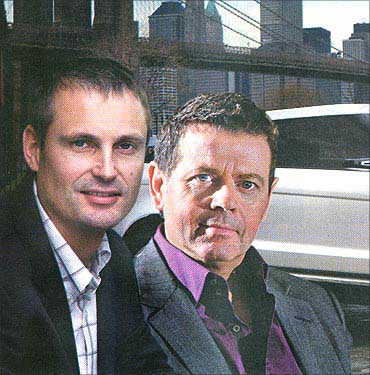
Gerry McGovern, design director at Land Rover, is younger (though as Irish as Callum) and treads on the subject of retaining the "Britishness" of the Land Rover brand under Tata Motors' ownership.
He receives "the" visitor once in six months too. "Tata never dictates terms and he has very considered views on design. He does not shoot from the hip; rather, he is deeply involved in the development of the next Land Rover models."
New course
Do they scurry around and try to look busy when Tata visits? "Far from that, he comes as a breath of fresh air... I look forward to those meetings," says McGovern. So what is the immediate future of Land Rover under Tata Motors' stewardship?
McGovern is all excited about the upcoming LRX concept-based Land Rover - it is a different car altogether, one that is extremely desirable. Yet the passion for the brand will be intact. "With this car, Land Rover will hopefully set a new course for SUVs," he says.
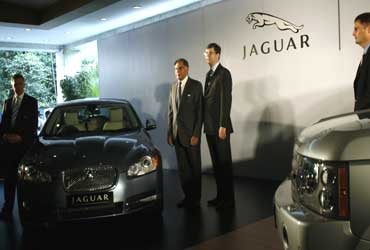
The top designers at JLR are not surprised when told that Tata never owned a Jaguar or Land Rover before he set out to buy the iconic brands.
Callum is aware that Tata is fond of his Chrysler Sebring convertible but he finds the choice "rather strange". Still, he wants to do something about replacing that scarlet Ferrari California in Tata's garage with something with a leaping cat on the bonnet.
Designers excited about future products is one thing but running Jaguar and Land Rover during the toughest of times is what Mike O'Driscoll and Phil Popham - respective managing directors of the firms - have been at.
And to their credit they had to deal with an all-new owner. "We do not feel part of a giant firm and that is the way we would like it at Jaguar," says O'Driscoll. "That has allowed us to concentrate on the current challenges better."
Does he think his designer friend, Callum, should worry about how emerging markets are becoming important for Jaguar? Especially when the prospective Chinese or Indian luxury car buyer is more interested in rear leg room than the supercharged engines, or for that matter, victories at Le Mans a few years back?
"There are similarities among the affluent around the world. And these buyers understand luxury. They are well-travelled and desire certain things in life and we should be careful not to change their expectations in a drastic manner, developing market or not," says O'Driscoll.
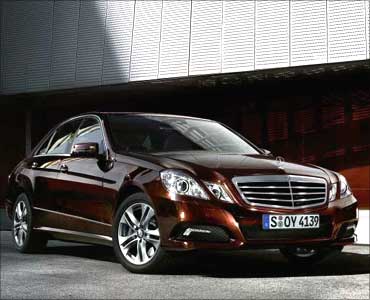
Small is good
But Mercedes-Benz is forced to throw dynamics out of the window and sell a long wheelbase E-Class in China, while Audi has a stretch version of the A6 for that market. Will that affect the thinking at Jaguar?
"We have been tackling German competition for some time now in many markets and we do not want to be like them. We do not want to build a million cars starting from the Smart to the S-Class and everything in between. We are happy to build and sell around 50,000 units a year worldwide between Jaguar and Land Rover. Last year, we grew sharply against the trend (an unexpected downturn in the West Asian and Russian markets) and that is a good sign," says O'Driscoll.
Surely the new owner is mulling the possibility of producing cars in India for cost-effectiveness?
"Our customers want us to build beautiful, British fast cars, right?" counters O'Driscoll. "We do not have any plan to assemble or produce cars outside Britain." Case dismissed.
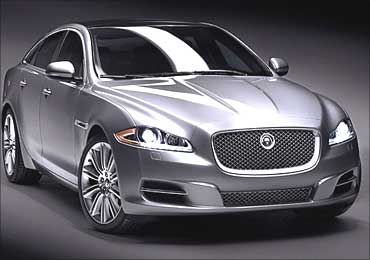
What, according to the bosses at JLR, are the marketing tools for a developing market like India - legacy, modernity or simple, straightforward desirability? "Land Rover models have an advantage in India - our cars can tackle most terrain without a problem.
We have noticed the success of SUVs from Audi, Porsche and BMW in India and we are encouraged by this," says Popham.
McGovern expects that a change in lifestyles will play a big role in how the brand will do in developing markets.
"We (Jaguar) have already adapted by using larger-profile tyres on our cars. But bad roads are not going to stop us from introducing new cars - we have launched the XFR and the new XJ in India. We will make our products ready as soon as they are available for the rest of the world," affirms O'Driscoll.
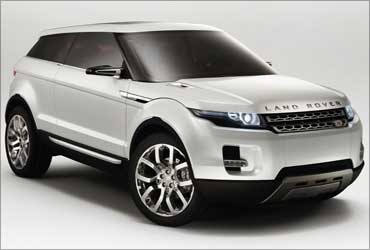
When gently reminded of the exponential growth possibility of the Indian market and how Toyota and Honda are concentrating on India to develop cars, the designers get excited.
"That is why we are here visiting Tata Motors, so we can explore what we can do together," says McGovern. "I am fascinated by the possibilities. The Nano is proof that Tata Motors is ready for action," says Callum.
He adds: "Designers in the 1960s had an easier life. Today we have to contend with stricter legislations, rules and regulations...this is the new challenge and it's more important for countries like India and China."
When Callum goes back to tend to his 1932 Ford that he has restored, and McGovern starts fine-tuning the LRX concept for production, they will be growing ideas in their mind that they will want to share with an Indian who walks through their doors once in six months.
Therein lies the safe future of JLR - and perhaps new directions for Tata Motors.